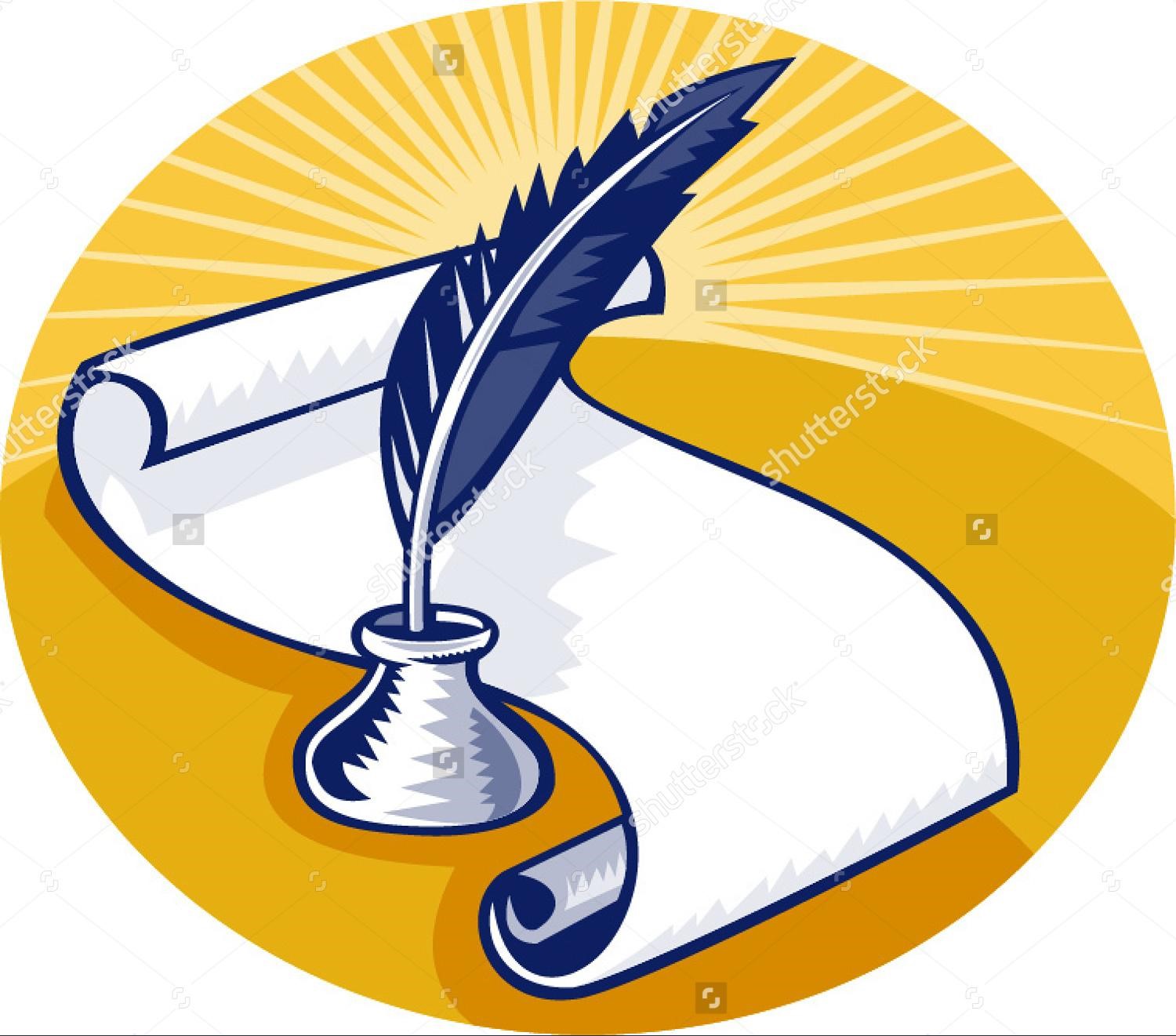The Pilgrims are well known today for their association with the first festival Thanksgiving. The Pilgrims were Separatists–a set of Protestants who felt that they would be unable to reform the Church of England and therefore needed to separate and form their own church. After severe persecution from that church, they fled to Holland and then eventually to America.
 The Pilgrims obtained a land grant for Virginia and set sail aboard the Mayflower on September 6, 1620. An extremely rough ocean crossing blew them some 200 miles north, and they landed in what became Massachusetts. On November 11, 1620, they dropped anchor and came ashore.
The Pilgrims obtained a land grant for Virginia and set sail aboard the Mayflower on September 6, 1620. An extremely rough ocean crossing blew them some 200 miles north, and they landed in what became Massachusetts. On November 11, 1620, they dropped anchor and came ashore.
The harsh New England winter was already well underway. Having no homes or shelter of any kind when they landed, before spring arrived, half of the 102 settlers died. But that first year also brought unexpected blessings as some of the Indians in the area who had learned English were willing to help the Pilgrims by showing them how to survive, including how to plant corn, and how to hunt and fish in that area.
The Pilgrims first harvest was enough to meet their immediate needs and help them through the coming winter. Even though it had been a harsh and difficult year, they still had reason to celebrate. The governor of Plymouth Colony therefore called a three-day festival, inviting the ninety Indians to join the 50 Pilgrims. This feast, which included times of thanks to God as well as athletic competitions and feasting and fellowship, is considered the first Thanksgiving festival in America. Edward Winslow, an early governor of Plymouth, reported:
[O]ur harvest being gotten in, our Governor sent four men on fowling, that so we might, after a special manner, rejoice together after we had gathered the fruit of our labors. They four in one day killed as much as, with a little help beside, served the company almost a week. At which time, amongst other recreations, we exercised our arms, many of the Indians coming amongst us, and among the rest their greatest king, Massasoit, with some ninety men, whom for three days we entertained and feasted; and they went out and killed five deer, which they brought to the plantation and bestowed on our governor, and upon the captain and others. And although it be not always so plentiful as it was at this time with us, yet by the goodness of God, we are so far from want.
Thanksgiving became a festival celebrated annually across New England during the colonial era, but did not spread beyond that until the Continental Congress called for official days of thanksgiving and prayer during the War for Independence. The first federal Thanksgiving proclamation was issued by President George Washington in 1789, but national thanksgiving celebrations then occurred only sporadically (although they were still celebrated annually across New England).
 In 1863, President Abraham Lincoln issued a national Thanksgiving proclamation in response to a letter to him from Sarah Hale (editor of Godey’s Lady’s Book). Subsequent presidents followed Lincoln’s example for an annual Thanksgiving, but it was not until 1941 that Congress passed a law establishing Thanksgiving as an official national holiday.
In 1863, President Abraham Lincoln issued a national Thanksgiving proclamation in response to a letter to him from Sarah Hale (editor of Godey’s Lady’s Book). Subsequent presidents followed Lincoln’s example for an annual Thanksgiving, but it was not until 1941 that Congress passed a law establishing Thanksgiving as an official national holiday.
As you enjoy this holiday, remember its history–and amidst all the fun, food, and fellowship, especially remember to take time to thank God for our blessings. From all of us at WallBuilders, Happy Thanksgiving!


